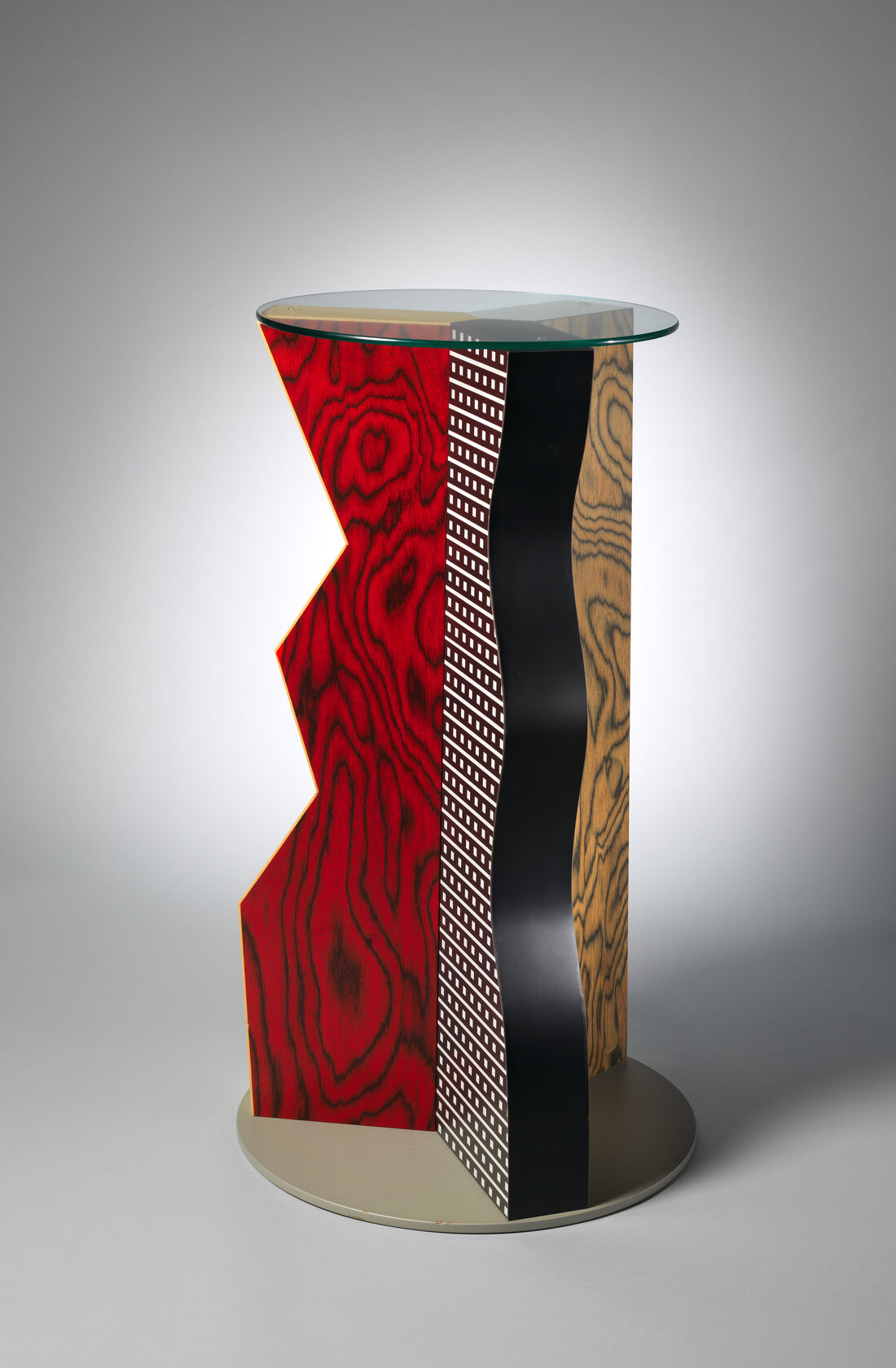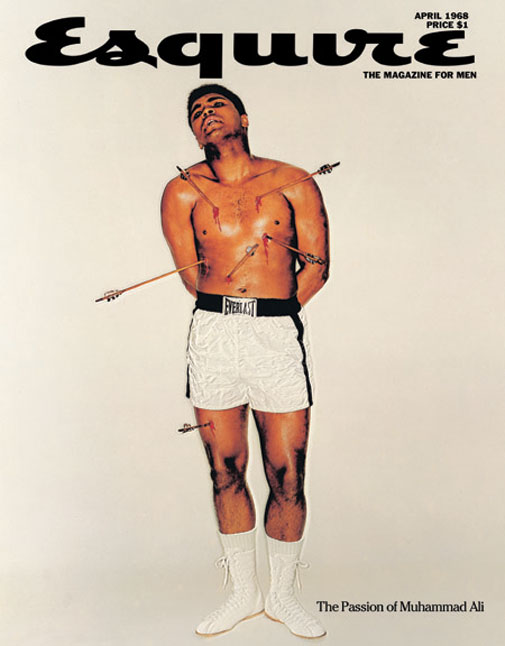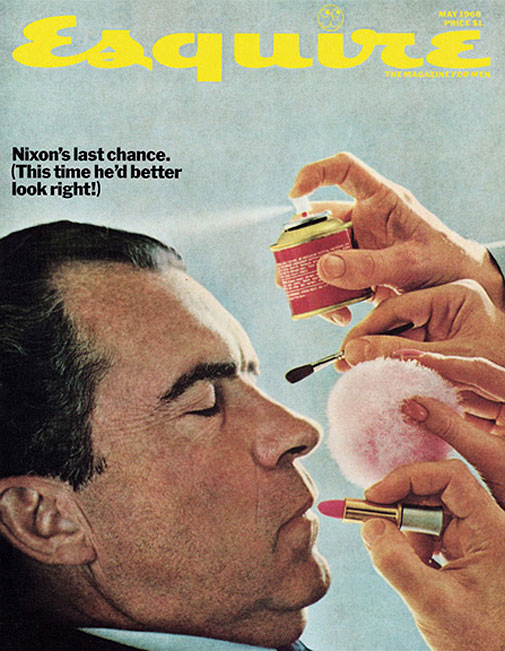Jim Rimmer

This man was a true legend. Canadian legend mind you. Jim Rimmer created Pie Tree Press and Typefoundry in New Westminster, BC. He was one of the last practitioners creating custom-type faces in metal for handset and composition casting. He worked in his basement where you drew, cut, engraved and cast original designs used in the printing of his fine press editions such as”The Adventures of Tom Sawyer”. Jim also did the linocuts for this piece. Another cool thing about him is that he didn’t take up creating type until he was in his 50’s and became a super important Canadian leader in type design.


SFU actually has a full collection of his works as a tribute to him and his great legacy that he left behind. He passed in 2010, but will never be forgotten from the design world.
He wasn’t just into typesetting though, his career was diverse. He created the logo of Canadian Pacific Airlines, the provincial mark for BC, a handbag sold on Grandville street and so on.
I think it’s very cool to learn about someone who left behind quite a legacy who was Canadian. I feel like America really stole the scene when it came to pumping out really successful designers, so learning about a Canadian designer is super amazing and something very obtainable.







